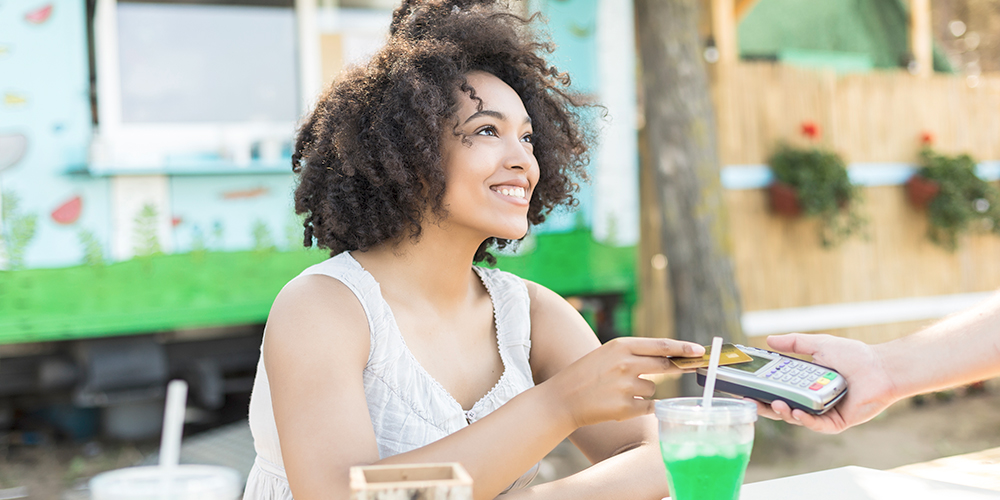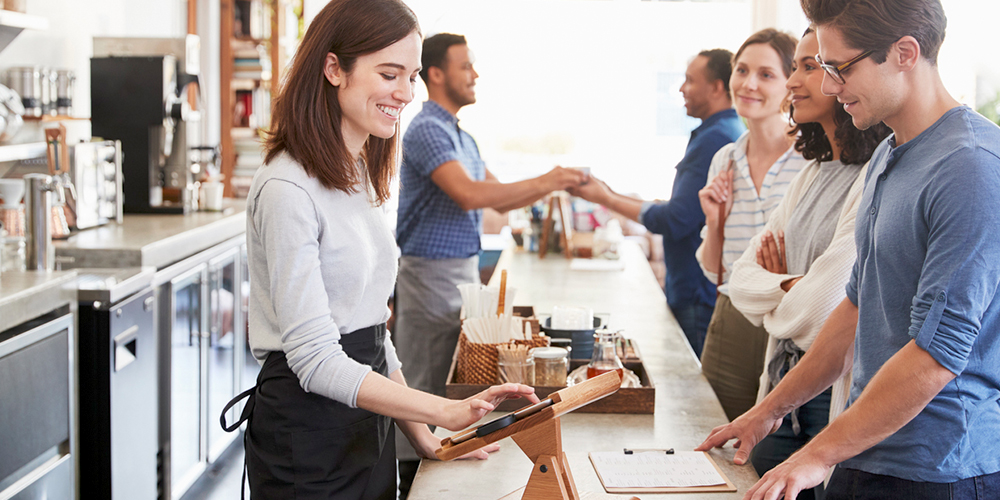Blog Article
Pop-up Stores are Temporary —
the Trend is Not
Brands and Stores Flourish with “Flash” Retailing
JENNA WORRELL, MARKETING MANAGER — PRODUCT AND VERTICAL MARKETING
“Flash” retailing creates demand and sells an experience for a limited amount of time. It’s all about FOMO: fear of missing out. A store “pops up” one day and then is gone — anywhere from 24 hours to a few weeks later. If you snooze, you could definitely lose the opportunity to be a part of an exclusive experience. Pop-up retail creates a unique environment that stimulates engagement and interactivity with customers. Retailers use these small, temporary spaces in a number of ways:
- To introduce new products
- To conduct test marketing
- To host a brand experience
- To sell limited-release products
- To generate a buzz among social influencers
Just like when you’re buying a home, you must consider location, location, location. Sometimes, a pop-up shop occurs at an existing brick-and-mortar location (a “store-within-a-store”), in a vacant retail space or as a standalone kiosk. We’re even starting to see pop-up shops built inside of shipping containers and motorized vehicles like food trucks. Mobility can definitely be an advantage if you’re planning several destinations for your retail experience or setting up at concert and festival venues.
The first modern pop-up event was the Retail Expo held in Los Angeles. The one-day event took place in 1997 and was later branded as the “ultimate hipster mall.”
With no long-term lease or rental agreement, flash retailing might appeal to small businesses as a go-to market strategy or as a way to do business only when there’s buyer demand. It’s attractive because there’s low commitment and moderate investment. This approach is also advantageous when a company’s product or service requires a hands-on explanation.
No matter your approach to the “flash” retail experience, advanced planning is a must. Allow at least three months to create your store experience and get the word out. Consider nontraditional signage and creative displays to stand out from the ordinary. Tap into your social media network and work with brand advocates on promotion. Plan events during the pop-up store’s run that appeal to your target market.
Your ultimate goal, even beyond revenue, is generating visitor foot traffic. Capture their imagination — and their contact information — and you stand a good chance of having brand-loyal customers down the road.

